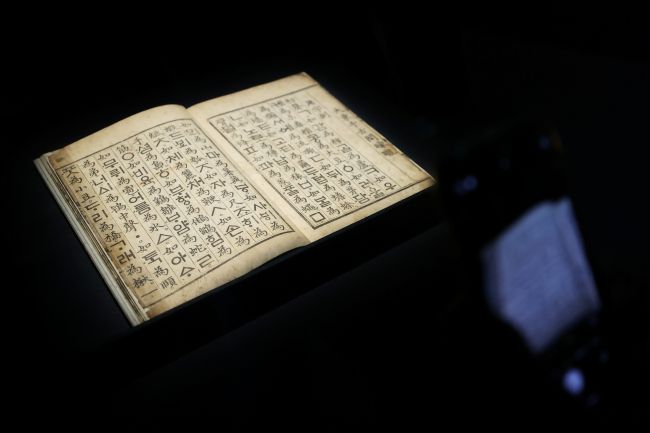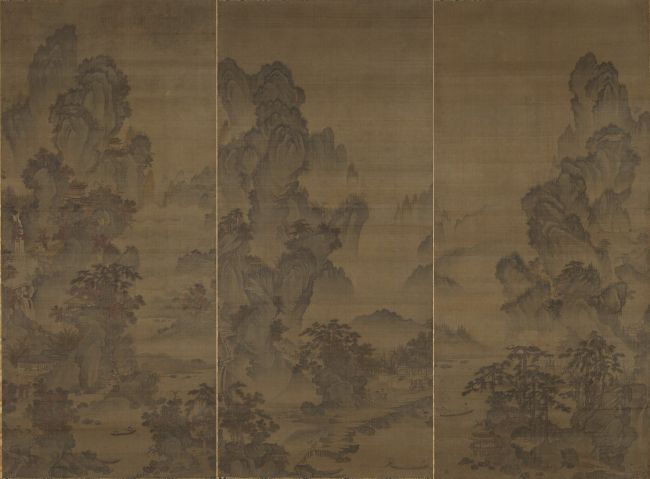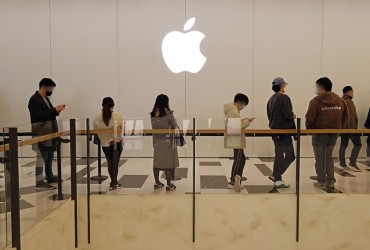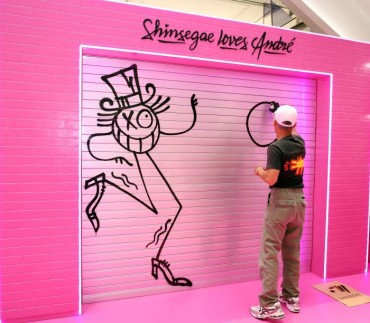SEOUL, June 10 (Korea Bizwire) –To mark the 20th anniversary of its Yongsan relocation, the National Museum of Korea has launched a major special exhibition titled “A New Nation, A New Art: Masterpieces from the Early Joseon Dynasty,” showcasing the artistic innovations that emerged during Korea’s foundational 15th–16th centuries.
Opening this week, the exhibition brings together 691 works, including 16 National Treasures and 63 Treasures, representing a sweeping cross-section of early Joseon art—from ceramics and calligraphy to Buddhist sculpture. Notably, 23 pieces are being exhibited in Korea for the first time, drawn from leading collections across five countries, including the U.S., Japan, U.K., Germany, and France.
While late Joseon art has long commanded more public recognition, this exhibit aims to spotlight the formative cultural achievements of the dynasty’s early period—a time when Confucianism reshaped state ideology, social order, and artistic expression. Among the period’s defining creations was the invention of Hunminjeongeum, the phonetic script that remains the foundation of the Korean language today.
The exhibition is organized around five thematic sections:
-
“Dawn of Joseon” explores the dynasty’s founding through works like the Reliquary for Yi Seong-gye, symbolizing the aspirations behind the birth of a new kingdom.
-
“White: Shaping the Dream of Joseon” traces the transition from celadon to buncheong and white porcelain, highlighting the state-driven development of ceramic artistry.
-
“Ink: A World Tinted by Humanity” showcases paintings and calligraphy beloved by Joseon’s Confucian literati, using brush and ink to express philosophical ideals and personal sentiment.
-
“Gold: Prayer That Never Fades” examines Buddhist art, which continued to resonate across social classes despite Confucian dominance, often adorned with precious gold.
-
“The Light of Joseon: Hunminjeongeum” concludes the exhibition with an homage to Korea’s most enduring cultural invention.
The exhibit also includes pieces from 72 domestic and international institutions and is considered the most comprehensive presentation of early Joseon art to date. Scholars note that many key works from this period are held overseas, making the exhibit a rare opportunity for Korean audiences.
A series of academic programs will accompany the exhibition. On June 20, the museum’s curatorial team will offer an in-depth lecture on the planning and themes behind the show. In July, the museum will host a symposium on early Joseon art, featuring international scholars and held in collaboration with the Korean Art History Association.
The exhibition underscores how the visual culture of early Joseon laid the groundwork for Korea’s modern identity—linking the philosophical and aesthetic values of a new Confucian state with artistic traditions that continue to shape Korean heritage today.
Image credit: National Museum of Korea,Mori Art Museum, Japan, Yonhap / photonews@koreabizwire.com










